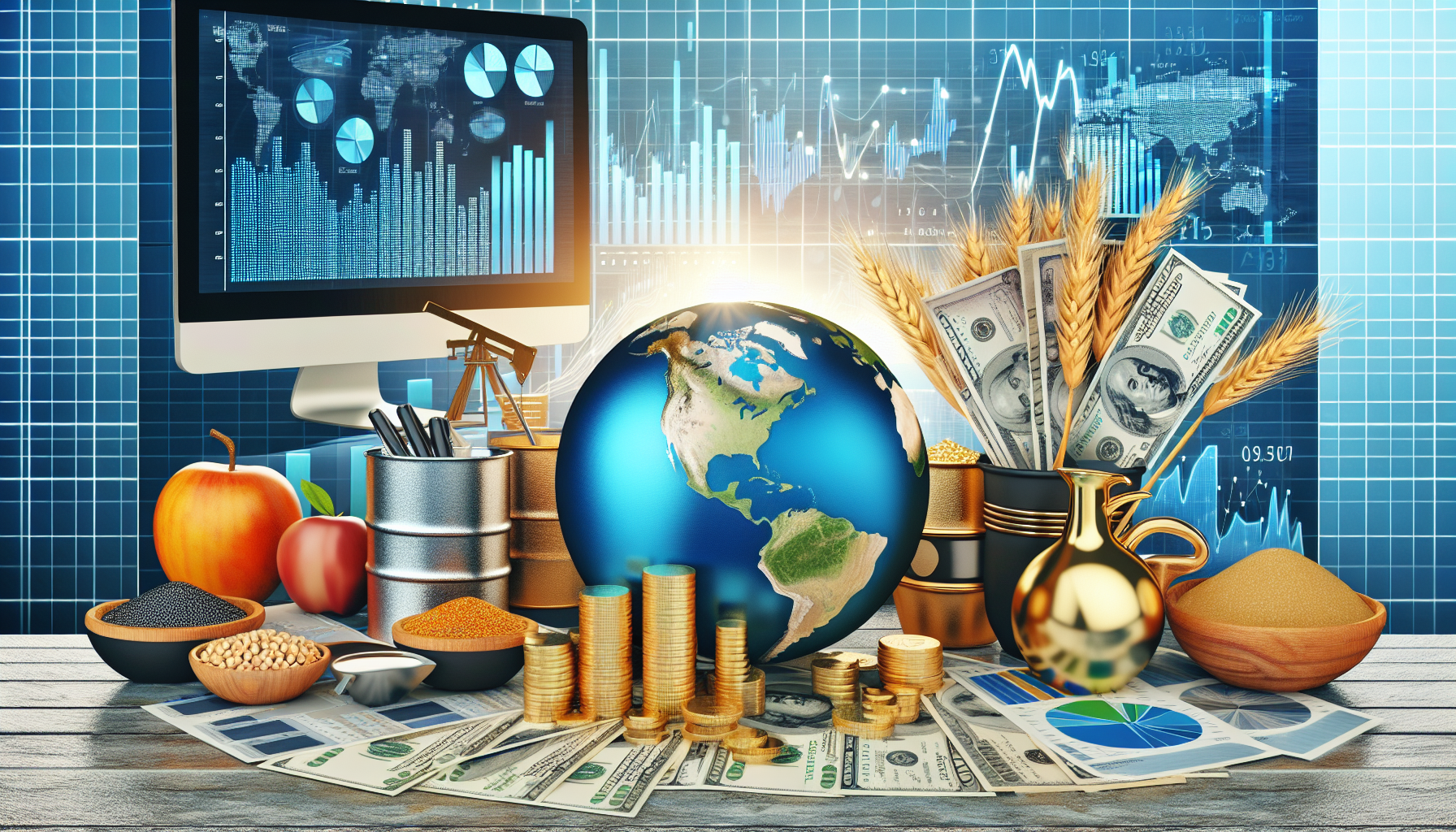
fluctuations in commodity prices
The most recent examination of fluctuations in commodity prices indicates that the market has encountered considerable variability due to various global economic elements. The latest rise in energy costs has drawn attention, with crude oil and natural gas undergoing marked instability. This can be linked to geopolitical conflicts and disruptions in supply chains, which have generated uncertainty in the marketplace.
Metals have also experienced diverse fluctuations, with gold prices holding relatively steady as investors turn towards safe-haven assets amid economic unpredictability. In contrast, base metals like copper and aluminum have been affected by industrial demand and production levels, especially from leading economies like China and the United States.
Agricultural commodities have been similarly impacted by these changes, with wheat and corn prices responding to climatic conditions and trade regulations. The influence of climate change and unexpected weather phenomena has introduced an additional layer of complexity to crop yield forecasts, impacting pricing strategies.
The commodity market continues to be a lively environment, with price fluctuations reflecting a multifaceted interaction of supply, demand, and external economic influences. Investors are encouraged to remain updated and consider the broader economic framework when evaluating potential risks and opportunities in the commodities arena.
specialist perspectives on market dynamics
Market specialists are vigilantly observing the prevailing patterns in the commodities field, underscoring the necessity for adaptability amidst ongoing volatility. Analysts point out that the current dynamics of the energy market are primarily shaped by geopolitical events, particularly in areas that are significant oil and gas producers. These geopolitical considerations, along with the shift towards renewable energy alternatives, are anticipated to mold long-term directions in energy commodities.
Within the metals sector, specialists indicate that demand for base metals is expected to remain robust, driven by global infrastructure initiatives and the push for more sustainable technologies. Notably, the need for copper is projected to rise as the production of electric vehicles escalates, highlighting the metal’s essential role in the transition towards sustainable energy options.
Agricultural commodities are also in focus, with analysts noting the considerable effects of climate change on crop production and corresponding pricing. The unpredictability of weather conditions calls for a more strategic method to risk management for those involved in agriculture. Furthermore, trade regulations and international relations remain pivotal in shaping market developments, as nations navigate the intricacies of global trade partnerships.
Industry experts recommend that market players take a forward-thinking approach, utilizing data analysis and market insights to anticipate changes and seize emerging opportunities. By staying knowledgeable and flexible, investors can more effectively navigate the challenges and uncertainties that characterize the commodities market.
